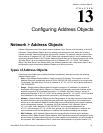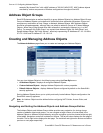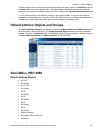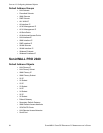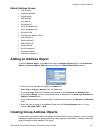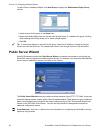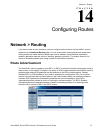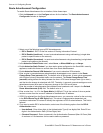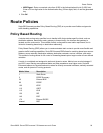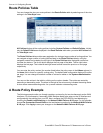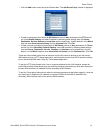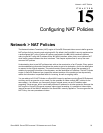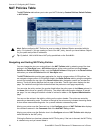
SONICWALL SONICOS ENHANCED 2.5 ADMINISTRATOR’S GUIDE
87
Network > Routing
C
HAPTER
14
Chapter 14: Configuring Routes
Network > Routing
If you have routers on your interfaces, you can configure static routes on the SonicWALL security
appliance on the Network>Routing page. You can create static routing policies that create static
routing entries that make decisions based upon source address, source netmask, destination
address, destination netmask, service, interface, gateway and metric. This feature allows for full
control of forwarding based upon a large number of user-defined variables.
Route Advertisement
The SonicWALL security appliance uses RIPv1 or RIPv2 to advertise its static and dynamic routes to
other routers on the network. Changes in the status of VPN tunnels between the SonicWALL security
appliance and remote VPN gateways are also reflected in the RIPv2 advertisements. Choose
between RIPv1 or RIPv2 based on your router’s capabilities or configuration. RIPv1 is an earlier
version of the protocol that has fewer features, and it also sends packets via broadcast instead of
multicast. RIPv2 packets are backwards-compatible and can be accepted by some RIPv1
implementations that provide an option of listening for multicast packets. The RIPv2 Enabled
(broadcast) selection broadcasts packets instead of multicasting packets is for heterogeneous
networks with a mixture of RIPv1 and RIPv2 routers.



